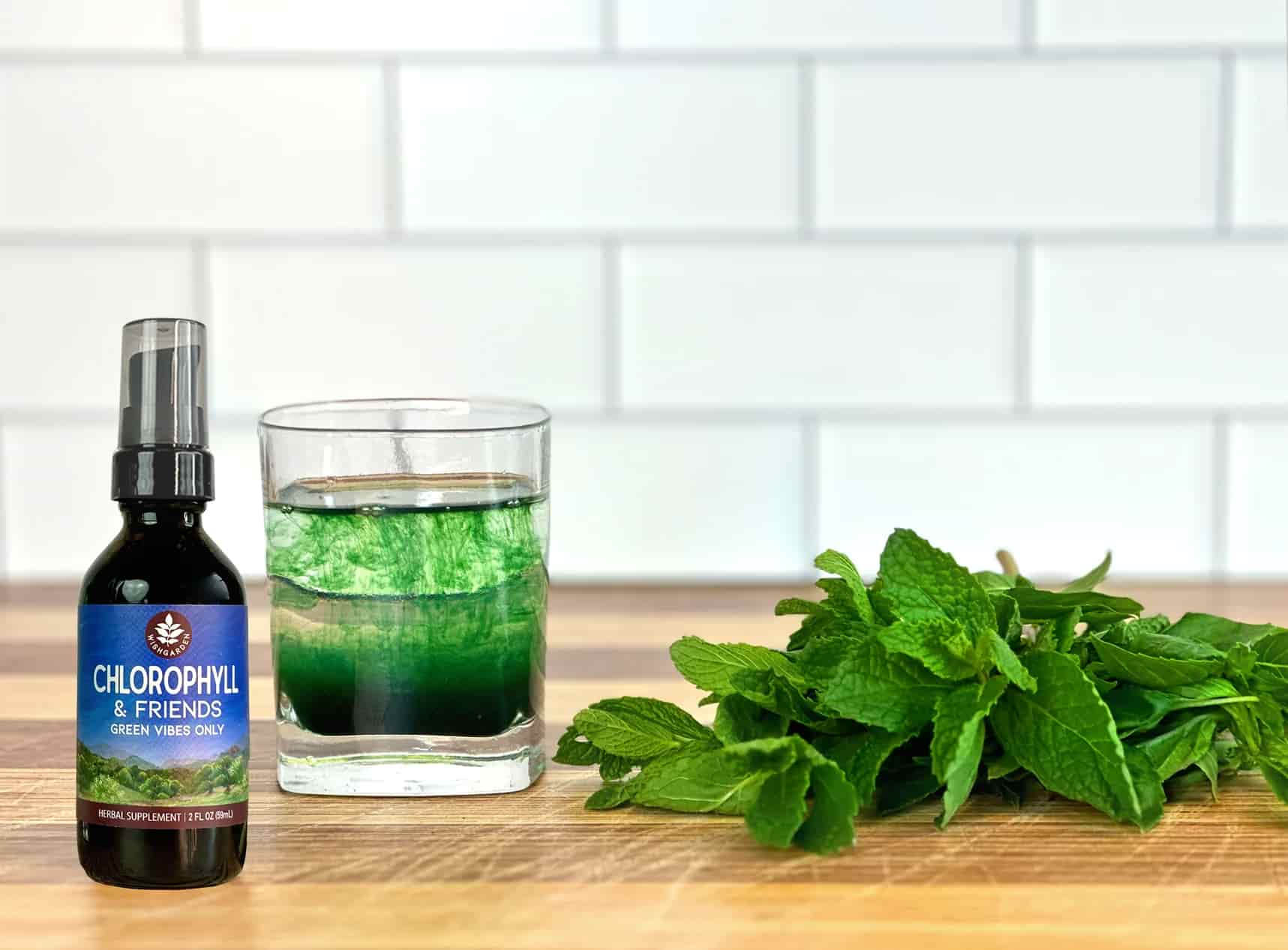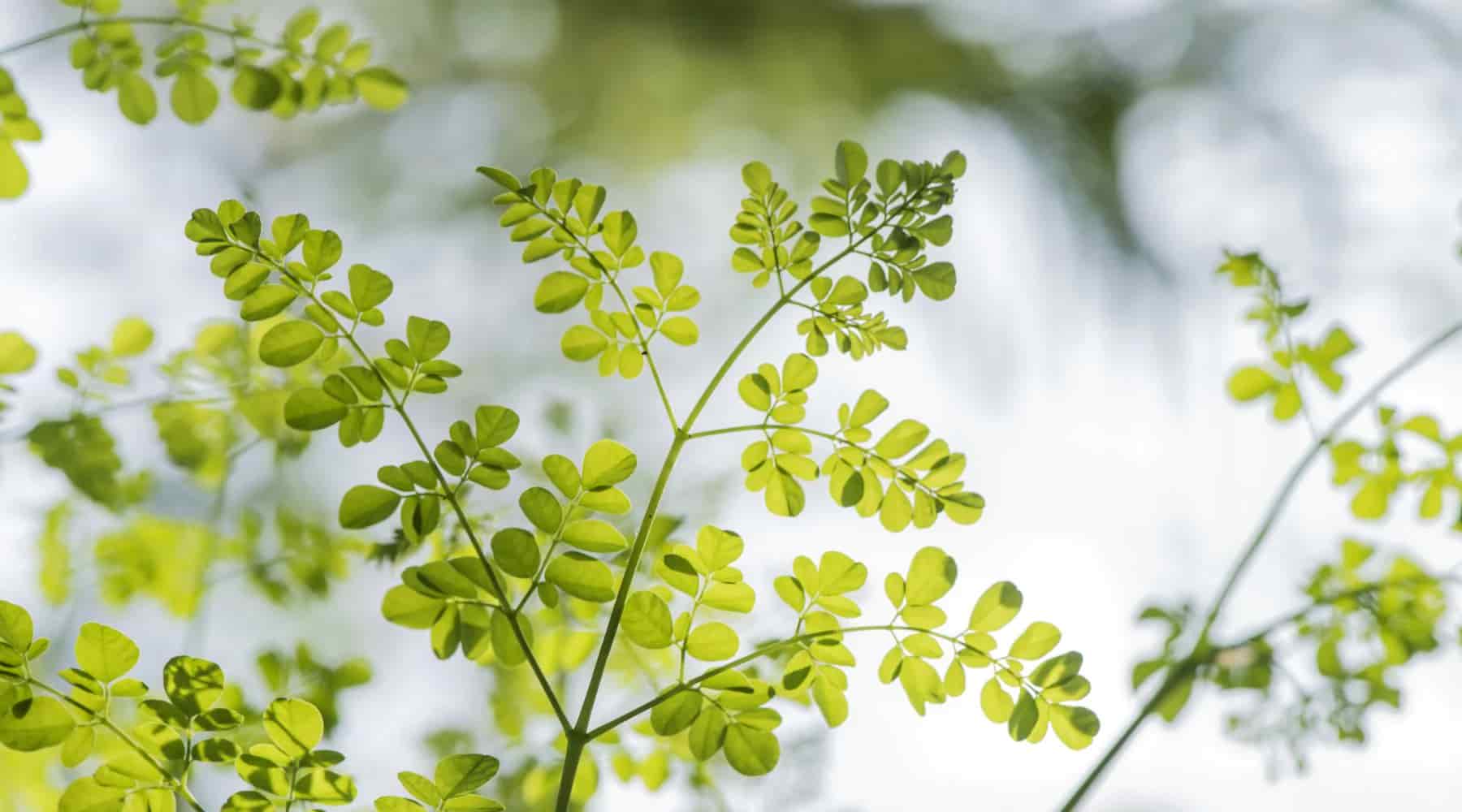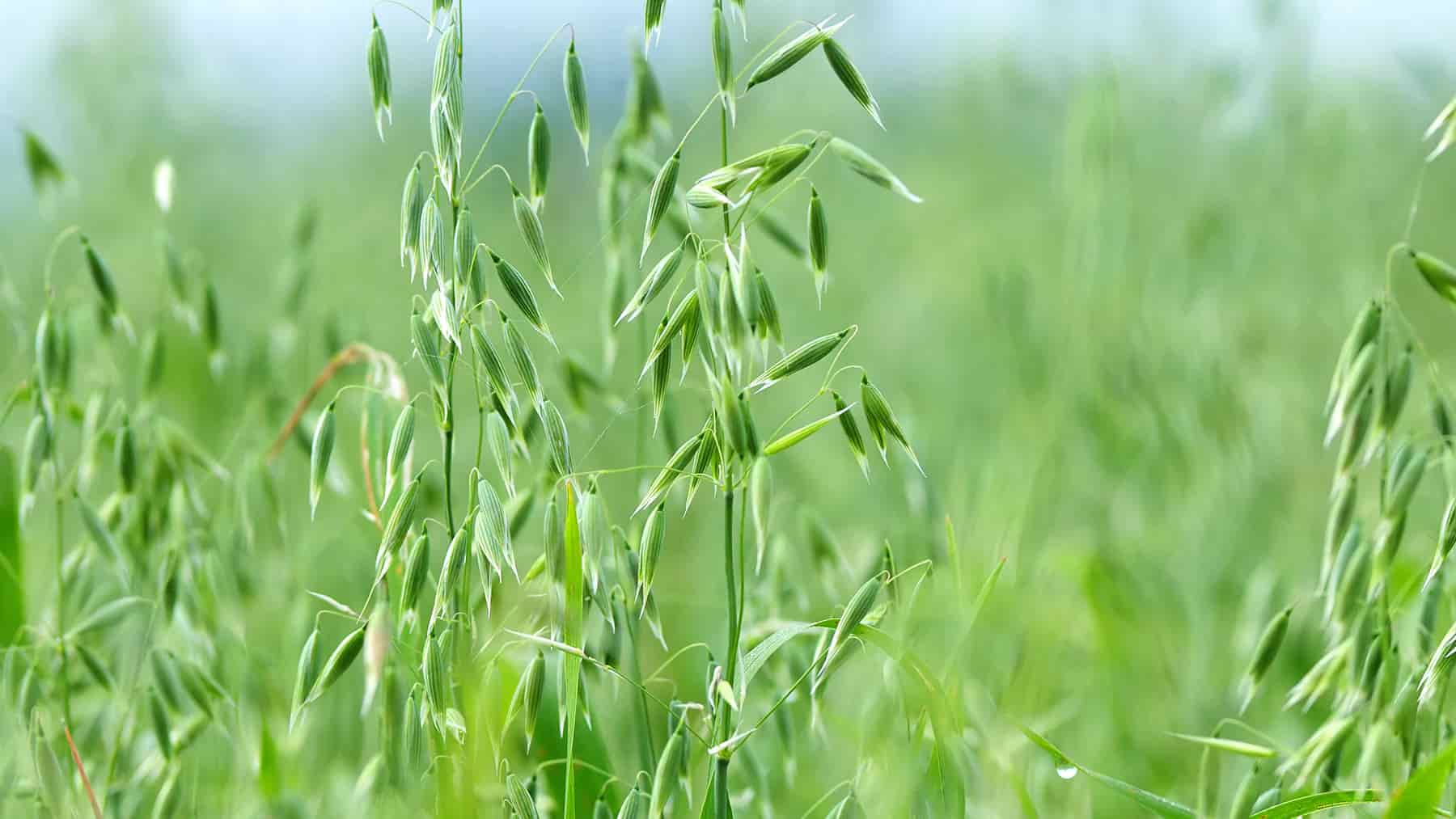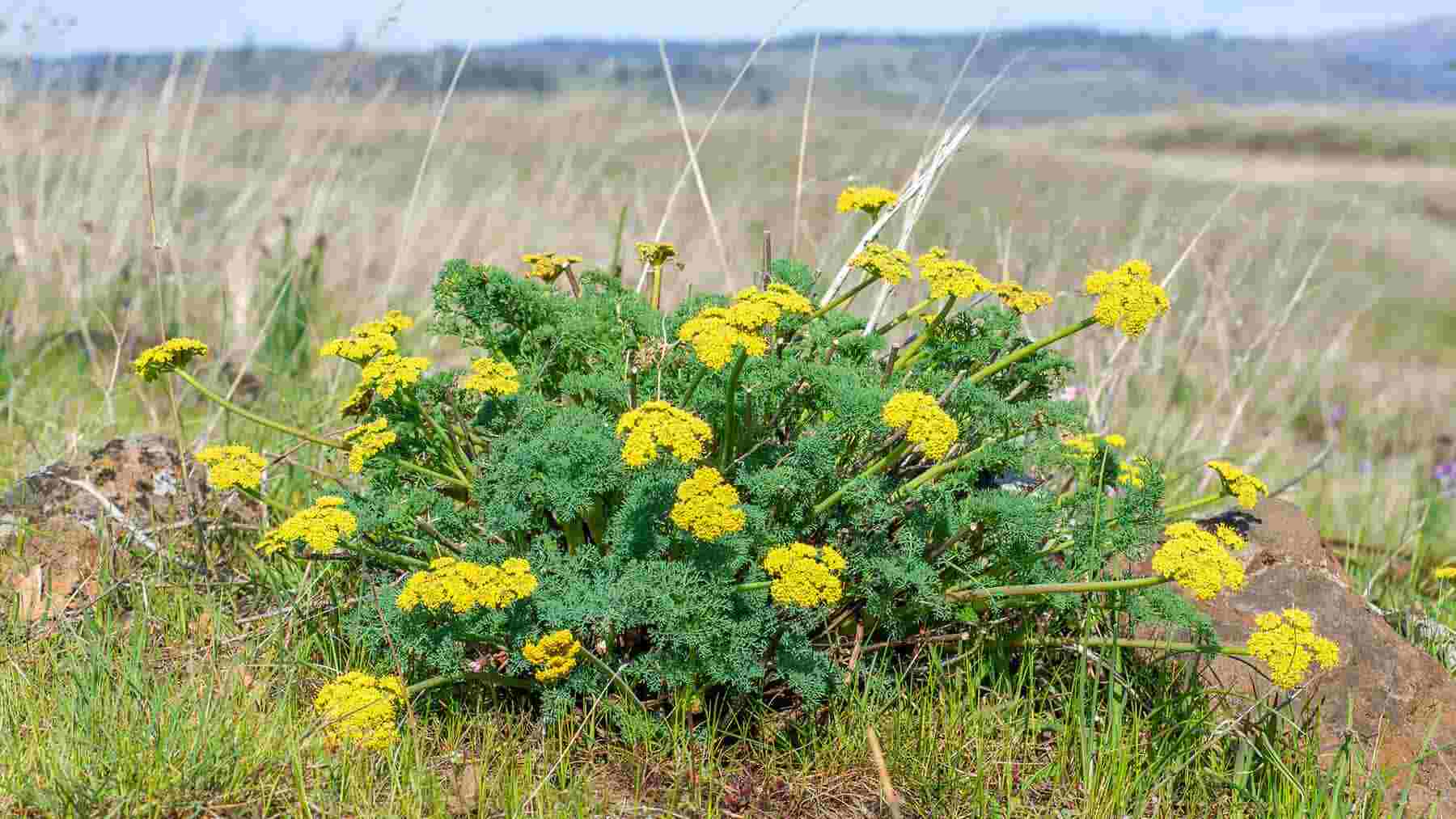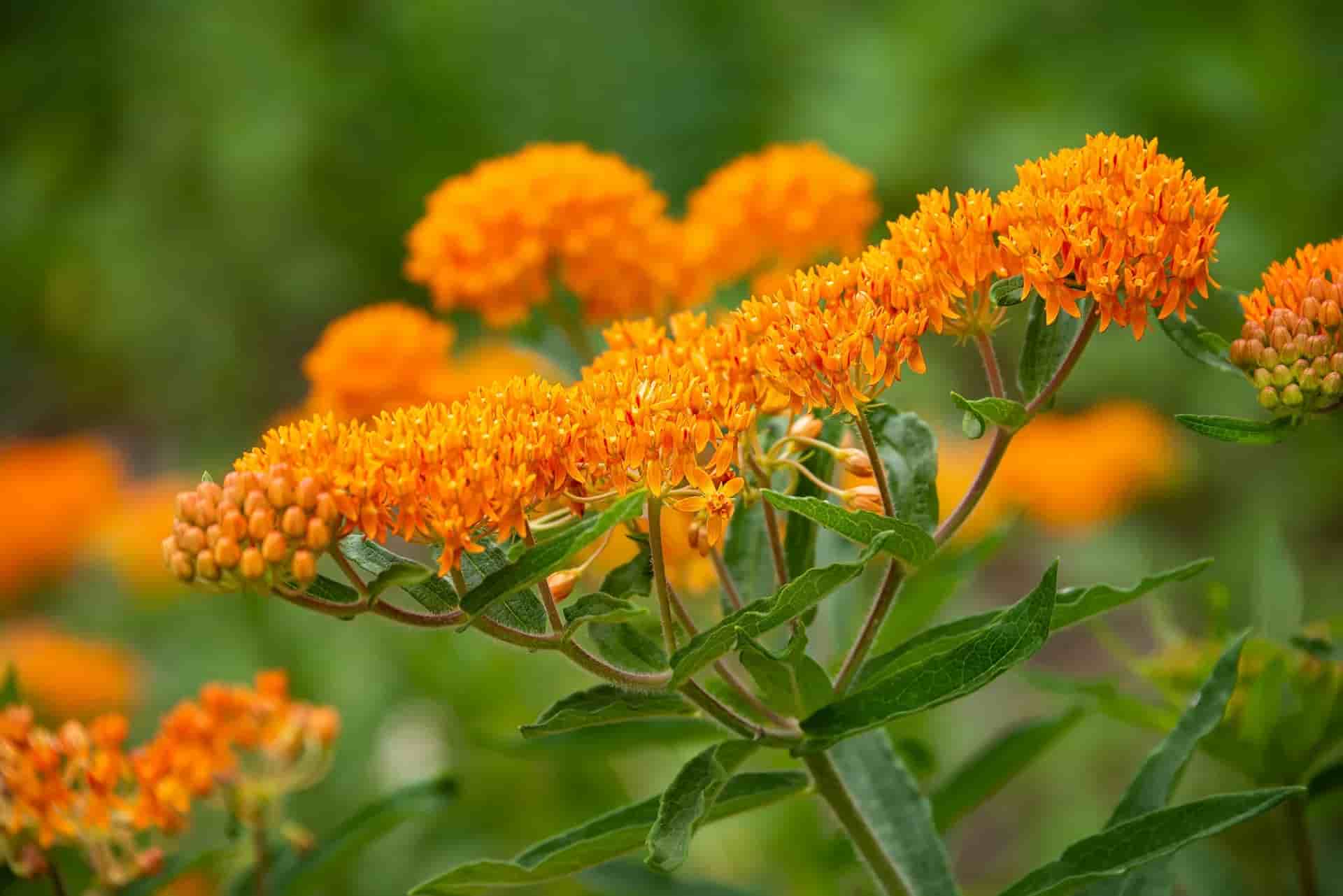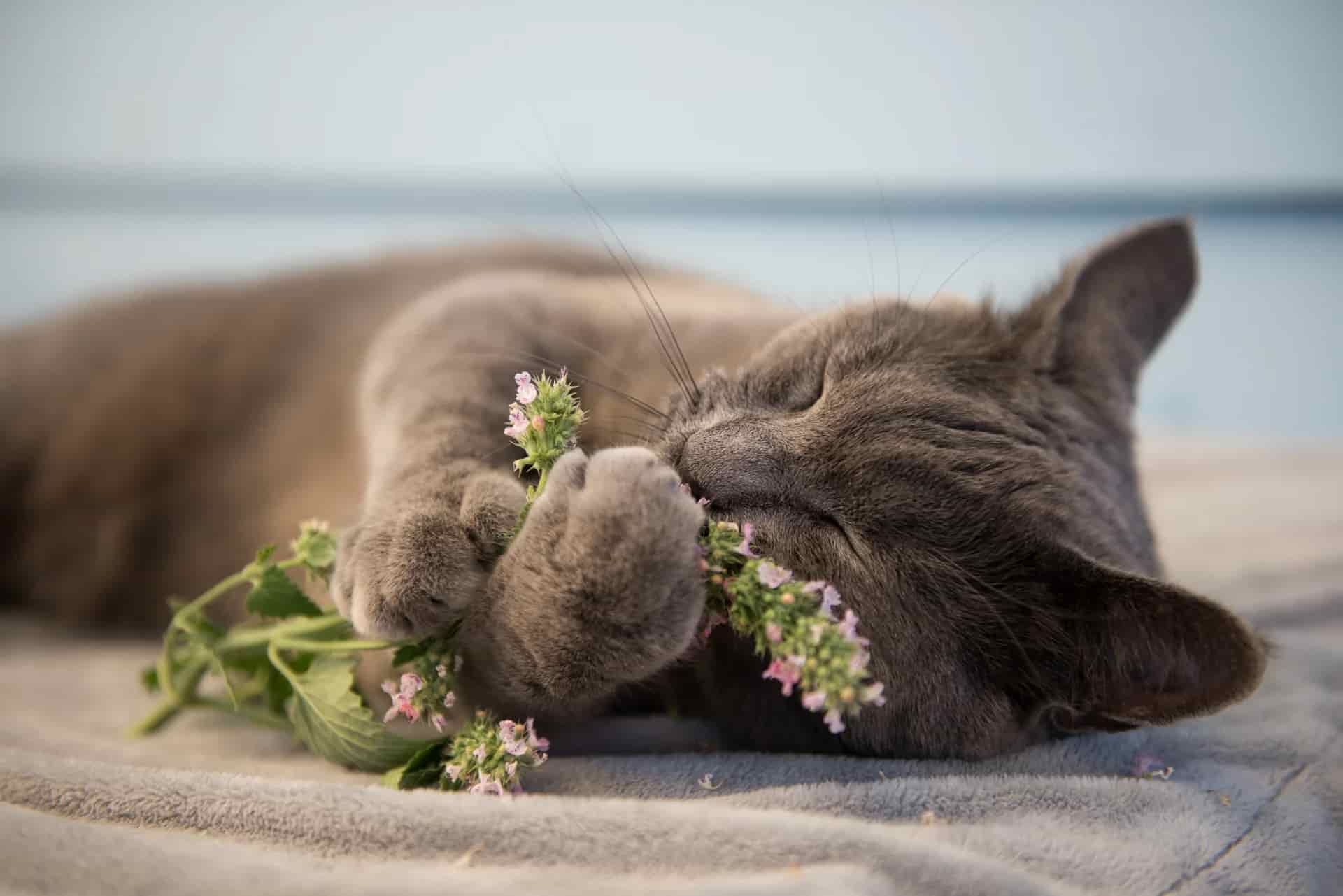People have been using herbal allies for thousands of years. The oldest written evidence is a 5,000-year-old Sumerian clay slab with a list of more than 250 plants and recipes for how to use them in medicinal preparations. A few hundred years later, a Chinese book described hundreds of drugs made from dried plant parts, including familiar favorites like gentian, ginseng, and Cinnamon bark. And the list goes on, from the Bible and the Talmud to Homer's The Iliad and The Odyssey.
Going back even further — long before we developed writing — archaeologists have uncovered evidence of humans using medicinal plants approximately 60,000 years ago during the Paleolithic era.
These humans were driven by instinct to use plants to help heal their wounds and treat their illnesses — but they weren't the only ones. Our furry (and feathered, and scaly) friends in the animal kingdom also seek out herbal answers for what ails them. You might even call them the OG herbalists!
Many animal species use herbs and other plants to self-medicate. It's so common there's even a name for it: zoopharmacognosy. "Zoo," of course, refers to "animals," "pharma" to "drugs," and "gnosy" relates to "knowledge." Animal drug knowledge!
Anyone who has a dog has probably seen an example of this, as dogs often nibble grass as a source of fiber to aid digestion. Some dogs will even eat a lot of grass at once to make themselves vomit to soothe an upset stomach. (We don't recommend trying this yourself!)
Bears and Osha
One of the most widely used herbs found in the Southwestern Rocky Mountain region is Osha root (Ligusticum porteri), a member of the parsley family (Apiaceae). The root is used by modern herbalists to support respiratory and immune health (such as in our Kick-Ass Immune Activator for adults and Kick-It Immune Activator For Kids). However, it must be used sparingly, as Osha is currently vulnerable in the Southwest. We have to protect this plant's delicate presence in the wild.

Photo by Stan Cunningham of Ursus Nature Photography.
By observing their four-legged kin, Natives Americans were able to discover the sacred relationship between bears and Osha, leading them to call the herb "bear medicine" and "bear root." Bears are known for their love of Osha, and it's often one of the first plants they seek out and consume after waking from hibernation in the spring. They've also been observed digging up and chewing Osha roots when sick to ease their discomfort.
Deer and Yarrow
Yarrow (Achillea millefolium) has long been used in first aid situations to support healthy blood flow and microbial balance. In fact, the Greek warrior Achilles was said to have carried yarrow with him during the Trojan War to treat battlefield wounds, leading to it being nicknamed "the warrior herb."

The one deer who actually likes eating yarrow?
Gardeners prize yarrow for another reason: deer deterrent. Deer (and many other animals) dislike yarrow's bitter taste and pungent smell. However, deer have been spotted rolling in yarrow patches when wounded. Like the warrior Achilles, they seem to instinctively recognize the plant's healing properties!
Cats and Catnip
Lots of cats — from domestic house cats to lions and tigers — go wild for catnip. But why? The fragrant Nepeta cataria is part of the mint family and contains an oil called "nepetalactone." The oil's scent stimulates special pheromone receptors in cats' nasal passages, giving them a sense of euphoria.
Although it's probably best known for its intoxicating effect on cats, catnip is also popular with herbalists, who use it for a variety of purposes. When consumed in a tea or tincture, catnip has a calming effect. Humans also use it to aid digestion and ease nausea. That's why we include catnip as one of the ingredients in our Digestive Rescue GI Normalizer (formerly Mo'Betta Belly) digestive tincture, which is formulated to soothe common digestive discomforts like upset stomach, gas, heartburn, and motion sickness.
So, the next time you're feeling under the weather or in need of a pick-me-up, follow the animals' lead and seek out herbal allies for optimal health!
Valerie Gleaton is a professional writer and editor. She has a master's degree in journalism from the University of Colorado at Boulder, where she also earned a certificate in science and environmental reporting.
For educational purposes only. This information has not been evaluated by the Food and Drug Administration. This information is not intended to diagnose, treat, cure, or prevent any disease, or sell any product.
Recommended Products
Further Reading
